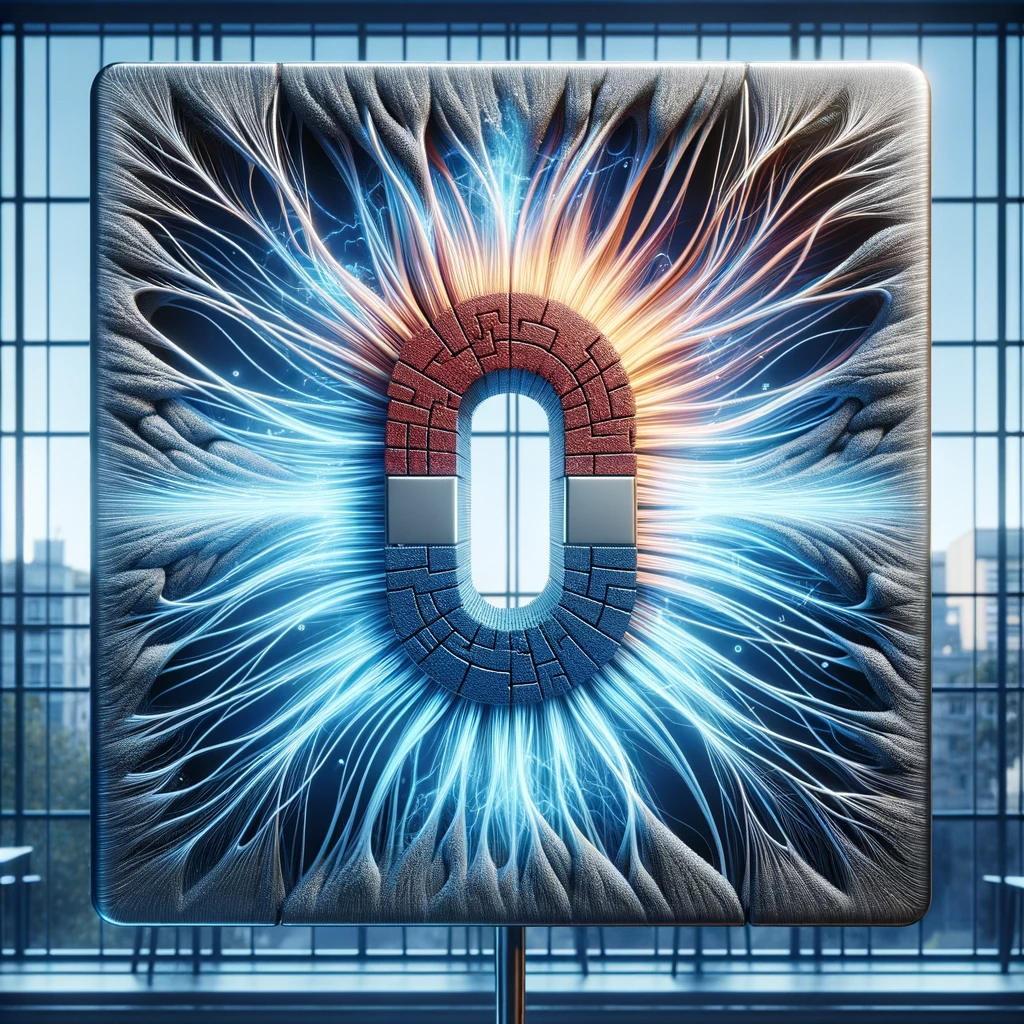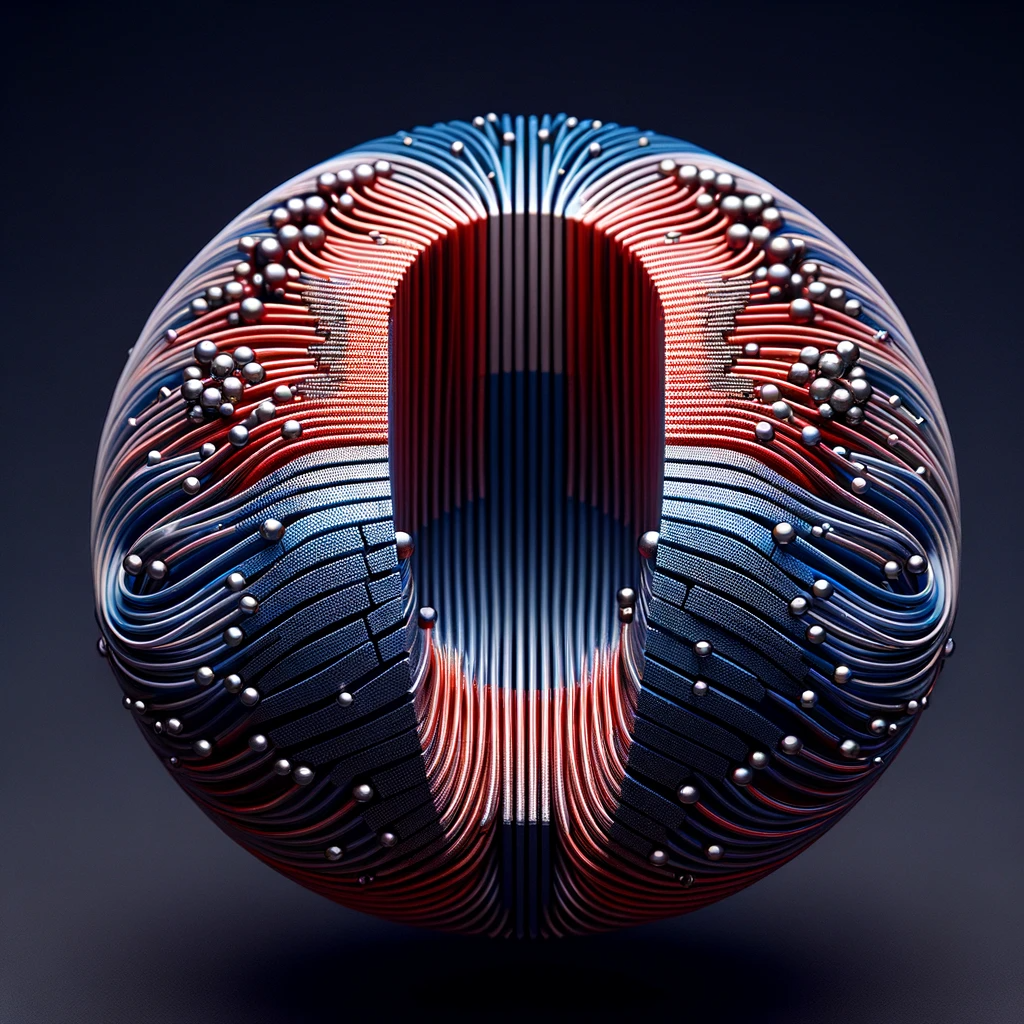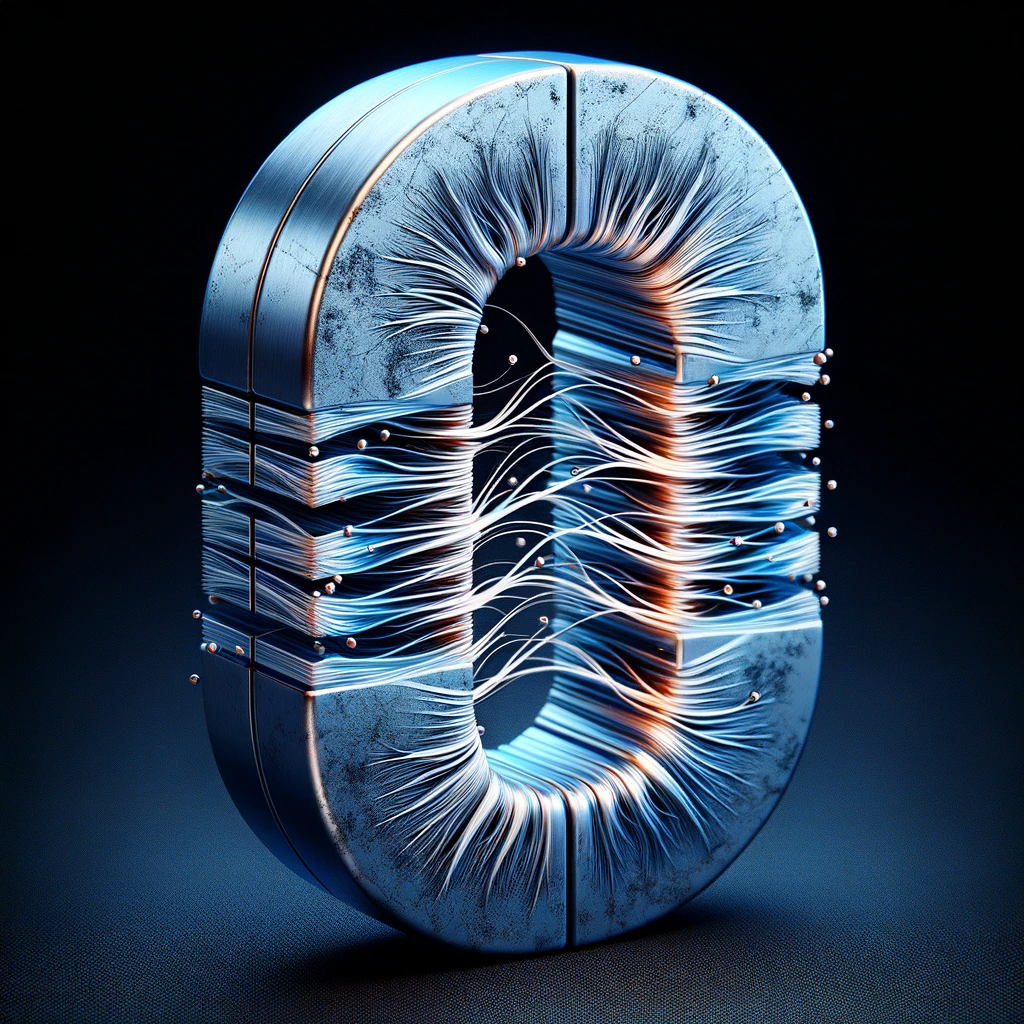From TU Wien 07/01/24

Magnetism occurs depending on how electrons behave.
For example, the elementary particles can generate an electric current with their charge and thereby induce a magnetic field.
However, magnetism can also arise through the collective alignment of the magnetic moments (spins) in a material.
What has not been possible until now, however, is to continuously change the type of magnetism in a crystal.
An international research team led by TU Wien professor Andrej Pustogow has now succeeded in doing just that: Changing magnetism “by pushing a button”.
For that, the team continuously changed the magnetic interactions in a single crystal by applying pressure.
The researchers recently published their results in the renowned journal “Physical Review Letters”.
Magnetism is fascinating.

People have been fascinated by magnetism for thousands of years and it has made many technical applications possible in the first place.
From compasses and electric motors to generators – these and other devices would not exist without ferromagnetism.
While ferromagnetism is already well studied, fundamental research is increasingly interested in other forms of magnetism.
These are of particular interest for secure data storage and as potential platforms for quantum computers.
“However, searching for novel forms of magnetism and controlling them fully is an extremely difficult endeavour,” says the study leader Andrej Pustogow.
Ferromagnetism and antiferromagnetism.
Spins can be visualised as small compass needles that can align themselves in an external magnetic field and have a magnetic field themselves.
In case of ferromagnetism, which is used in permanent magnets, all electron spins align parallel to each other.
In some arrangements of electron spins, for example in ordinary square, checkerboard-type crystal lattices, an anti-parallel alignment of the spins is also possible: neighbouring spins always point alternately in opposite directions.
With triangular lattices (or lattices in which triangular structures occur, such as the more complex kagome lattice), a completely antiparallel arrangement is not possible: If two corners of a triangle have opposite spin directions, the remaining side must match one of the two directions.

Both options – spin up or spin down – are then exactly equivalent.
“This possibility of multiple identical alternatives is known as ‘geometrical frustration’ and occurs in crystal structures with electron spins arranged in triangular, kagome or honeycomb lattices,” explains Pustogow.
As a result, randomly arranged spin pairs are formed, with some spins not finding a partner at all.
“The remaining unpaired magnetic moments could be entangled with each other, manipulated with external magnetic fields and thus used for data storage or computational operations in quantum computers,” says the solid-state physicist Pustogow.
Changed frustration through pressure.
“In real materials, we are still far from such a state of ideal frustration. First of all, we need to be able to precisely control the symmetry of the crystal lattice and thus the magnetic properties,” says Andrej Pustogow.
Although materials with strong geometrical frustration can already be produced, a continuous change from weak to strong frustration and vice versa has not been possible yet, especially not in one and the same crystal.
In order to change the magnetism in the material investigated “by pushing a button”, the researchers put the crystal under pressure.
Starting from a kagome structure, the crystal lattice was deformed by uniaxial stress, which changed the magnetic interactions between the electrons.
“We use mechanical pressure to force the system into a preferred magnetic direction. As sometimes in real life, stress reduces frustration because a decision is forced upon us and we don’t have to make it ourselves,” says Andrej Pustogow.
The team succeeded in increasing the temperature of the magnetic phase transition by more than ten per cent.
“This may seem not much at first glance, but if the freezing point of water were increased by ten per cent, for example, it would freeze at 27 °C – with serious consequences for the world as we know it,” explains Pustogow.
While in the current case geometrical frustration was reduced by mechanical pressure, the research team is now targeting an increase in frustration in order to completely eliminate antiferromagnetism and realise a quantum spin liquid as described above.
“The possibility of actively controlling geometric frustration through uniaxial mechanical stress opens the door to undreamt-of manipulations of material properties ‘by pushing a button’,” summarises Andrej Pustogow.



